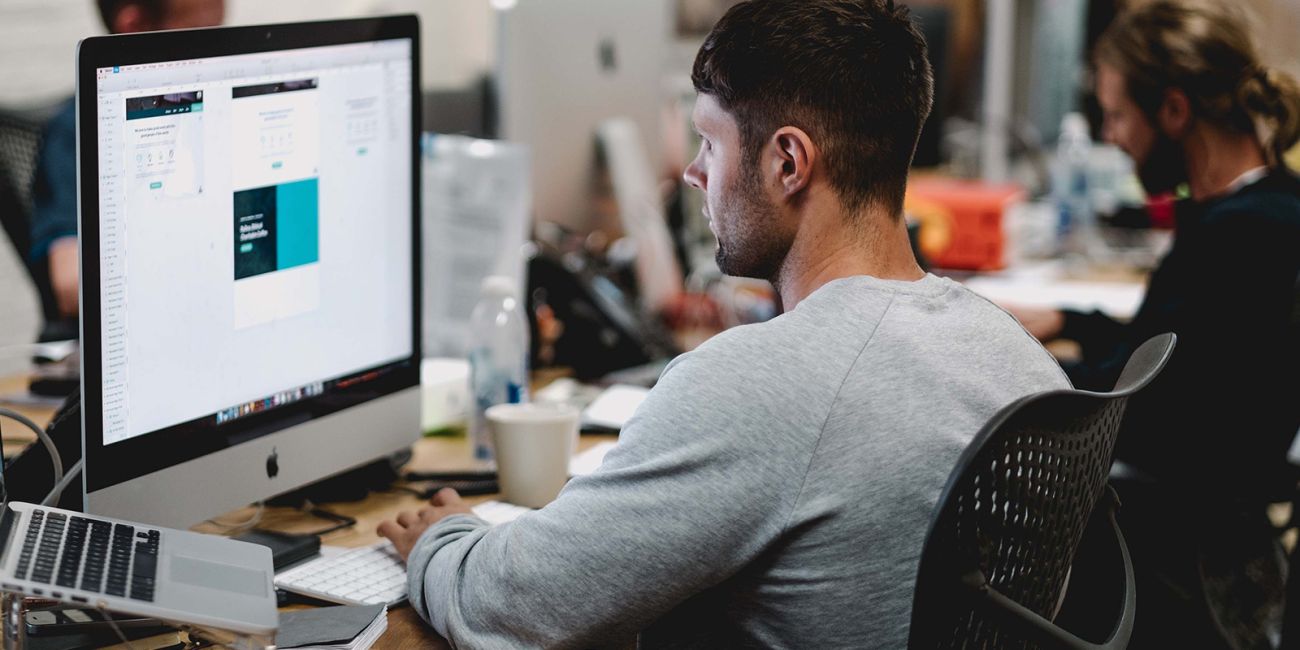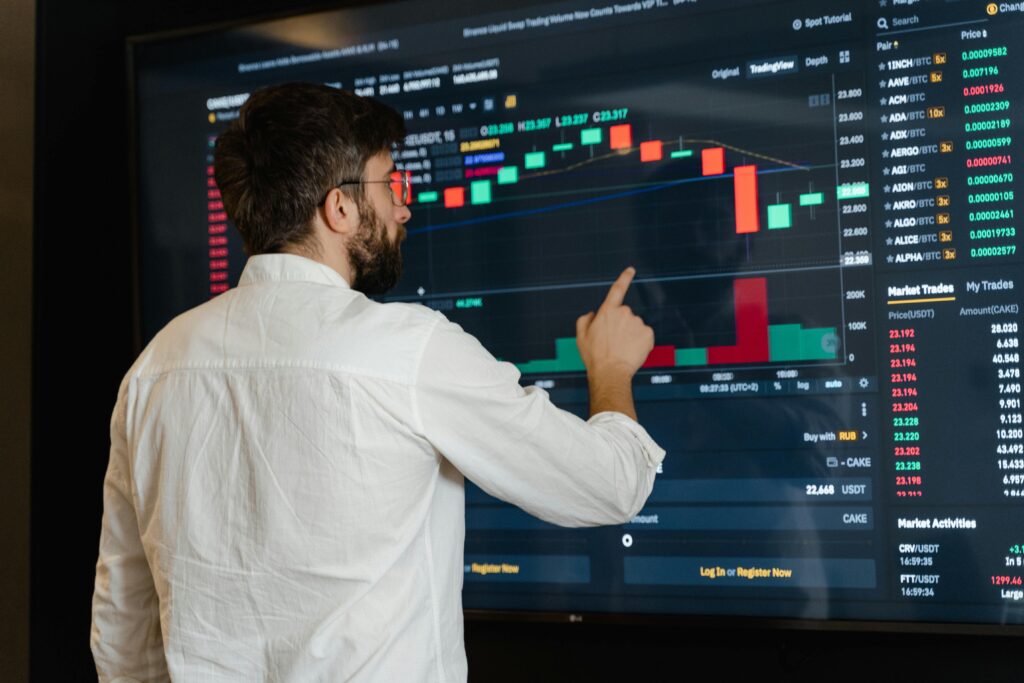AI-Powered Web Design

In the ever-evolving world of the digital world, fashioning your business to keep pace with current web design trends, especially with AI-Powered Web Design, will make a big difference. The world of web design keeps evolving due to continuous changes in technologies and shifting user expectations. A good-looking website is not about just being present online; it has become a core part of branding, marketing, and customer engagement. Here are some of the top web design trends in 2025 any business should observe and implement, including practical insight into their effective usage.
While AI-Powered Web Design is revolutionizing the web design industry, there’s a big difference between AI-powered websites and AI-built websites.
- AI-Built Websites are fully created by AI tools with minimal human input. While they may seem convenient, they often lack the customization, functionality, and unique branding that your business needs to stand out. They can also run into technical limitations and SEO issues that only a professional can fix.
- AI-Powered Websites, on the other hand, leverage AI tools for optimization—like enhancing site speed, automating content, or personalizing user experiences. However, these tools need to be set up correctly by a professional web developer to ensure they function properly and align with your brand’s goals.
In short, while AI is a powerful tool, nothing beats the expertise of a skilled developer. Relying solely on AI won’t deliver the polished, high-performing website your business deserves.
- AI-Powered Web Design
AI is quickly changing the face of web design: automating design processes, enriching user experience, and offering personalized interactions. As AI-powered design tools like Adobe Sensei and AI-powered website builders like Wix ADI continue to get more advanced, businesses can create beautiful, full-functioning websites with little or no manual effort.
AI is also enhancing the capabilities of chatbots and virtual assistants. It helps companies analyze user behavior, make data-driven design decisions, and offer personalized recommendations based on their past interactions. For example, eCommerce sites are using AI to suggest products that a user might be interested in, based on their browsing history, which enhances user experience and increases conversion rates.

Transforming Your Online Presence with Web Design
- Immersive 3D Elements
With technology improving day by day, 3D graphics and immersive design elements are starting to proliferate. Websites today are using WebGL and other 3D rendering technologies to make the interface more interactive and visually striking. Brands from architecture, gaming, and e-commerce industries are adding 3D product previews, interactive animations, and virtual showrooms that allow users to better interact with the experience.
- Dark Mode UX
The Benefits of AI-Powered Web Design
Dark mode has been trending since years, and it is a dominant trend in 2025; it helps reduce eye strain and adds more elegance to the site. Most users love dark mode because it gives them a sleek and modern look. A dark mode option will provide users with a toggle between light and dark themes that will help them work more efficiently by taking care of their preferences and usability.
- Motion UI and Micro-Animations
Micro-animations and motion UI are those tiny but strong details in design that improve the level of user engagement. Small animations, such as hover effects for buttons, transitions for scrolling, and animated icons, make sites more dynamic. Such animation draws users’ eyes to the main content and increases the rate of interaction, which improves general usability.
- Voice-Activated Interfaces
With the increasing number of smart assistants like Alexa, Google Assistant, and Siri, among others, websites have now begun to integrate voice search and interaction capabilities. Voice-activated interfaces make sure that users get an enhanced website experience for better accessibility and ease in navigation while going hands-free.
- Sustainable Design
With increasing awareness about environmental issues, sustainable web design is becoming a priority. This includes optimizing website loading speeds, using eco-friendly hosting providers, and designing minimalist, efficient websites that consume less energy. The companies that emphasize sustainability in their digital presence resonate with eco-conscious consumers and help improve their brand reputation.
Conclusion
Staying ahead in web design requires businesses to adopt emerging trends and leverage new technologies to create seamless, engaging, and visually appealing digital experiences. By integrating AI, immersive 3D elements, motion UI, and sustainability-focused designs, businesses can ensure their websites remain competitive in 2025.